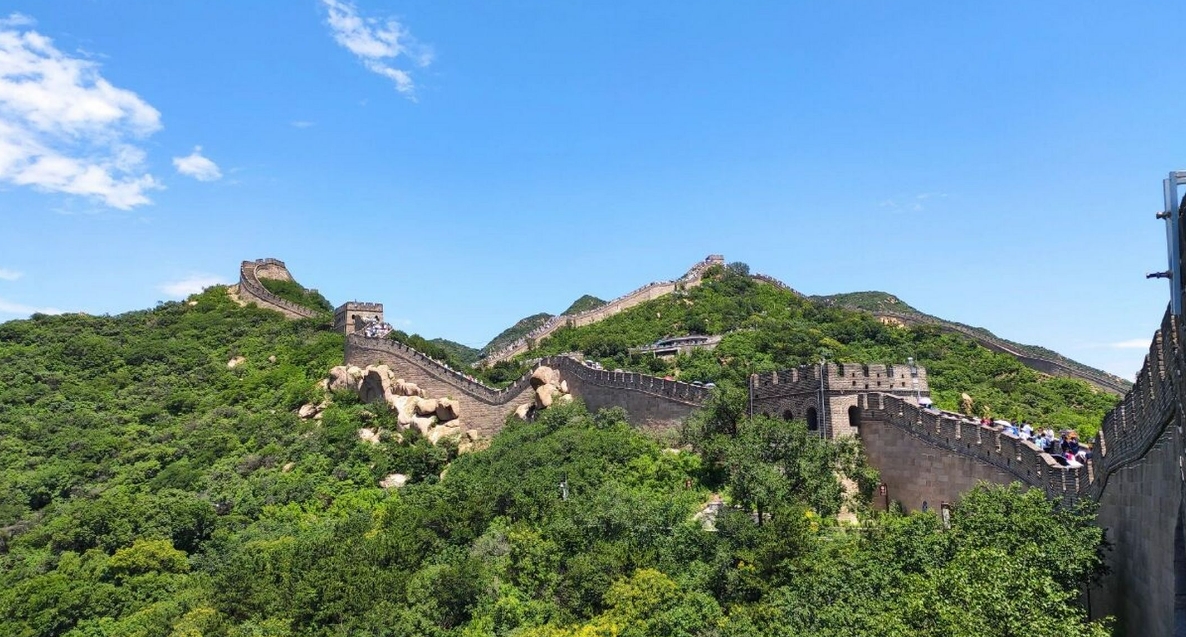
The Great Wall: Just How Long Is It?
The Great Wall of China, one of the Seven Wonders of the World, stands as a testament to the country's ancient defensive prowess. But the question of its exact length has been a topic of debate for centuries.
The name itself, "Wan Li Chang Cheng," translates to "Ten Thousand Li Long Wall." A "li" is an ancient Chinese unit of measurement, roughly equivalent to 500 meters, making "wan li" equal to 5,000 kilometers. However, the actual length of the Great Wall extends far beyond this initial estimate.
Length of the Main Sections:
The main section of the Great Wall, primarily constructed during the Ming Dynasty, measures approximately 2,145 miles (3,460 kilometers). This section stretches from Jiayuguan in Gansu Province in the west to Hushan Great Wall in Liaoning Province in the east, traversing numerous provinces across northern China. The Ming Great Wall is the best-preserved and most visually impressive section, representing the image most commonly associated with the Great Wall today.
Length of Branches and Extensions:
Beyond the main sections, the Great Wall boasts an extensive network of branches and extensions, totaling approximately 1,770 miles (2,860 kilometers) in length. These branches and extensions, primarily located on either side of the main sections, served as auxiliary defenses. Some delve into deserts, others ascend towering mountains, and still others meander through valleys, collectively forming a vast and intricate defense system.
Total Length:
Combining the main sections, branches, and extensions, the total length of the Great Wall surpasses 4,915 miles (8,000 kilometers). This figure could be even greater when considering sections that have eroded over time or remain undiscovered.
Factors Influencing Length Calculation:
Calculating the Great Wall's length is a complex task, influenced by several factors:
- Construction Across Dynasties: The Great Wall was not constructed in a single effort but rather built and expanded upon over numerous dynasties. The varying standards and scales employed by different dynasties contribute to the complexity of calculating its total length.
- Natural Degradation: Centuries of exposure to the elements have taken their toll on the Great Wall. Many sections have crumbled or vanished entirely, making accurate measurement difficult.
- Ongoing Archaeological Discoveries: New sections of the Great Wall continue to be unearthed through ongoing archaeological work, further influencing estimates of its total length.
Conclusion:
While pinpointing the exact length of the Great Wall remains a challenge, its status as one of the most remarkable feats of engineering in human history is undeniable. Its awe-inspiring scale and rich historical significance continue to captivate visitors from around the globe.
Q&A
Q: Why is it difficult to determine the exact length of the Great Wall?
A: Determining the exact length is difficult due to several factors, including the Wall's construction across multiple dynasties with varying building standards, the natural erosion of sections over time, and the ongoing discovery of previously unknown segments through archaeological work.
Q: What is the most well-preserved section of the Great Wall?
A: The section built during the Ming Dynasty is the most well-preserved and visually impressive section of the Great Wall, representing the image most commonly associated with it today.
Q: Besides its main sections, what other features contribute to the Great Wall's overall length?
A: In addition to its main sections, the Great Wall features numerous branches and extensions, totaling thousands of miles, which served as auxiliary defenses and contributed to its vast and intricate defense system.
note: This return of all, without the author's permission, may not be reproduced